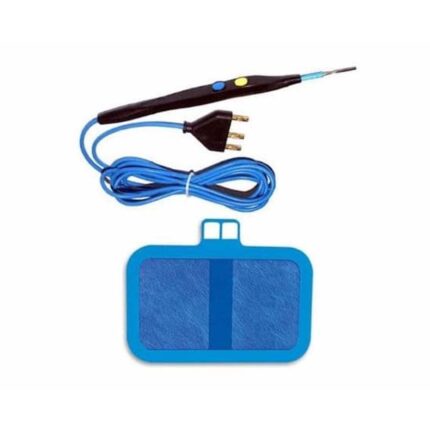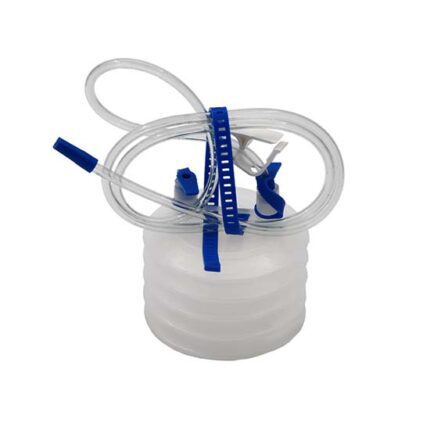Intravenous Infusion Set: The Essential Medical Tool for Safe and Efficient Fluid Administration
An intravenous infusion set is a critical component in modern medical procedures. It is designed to deliver fluids, medications, or nutrients directly into a patient’s bloodstream through a vein. This device plays an essential role in various healthcare settings, including hospitals, clinics, and emergency care units. In this article, we will explore the key features, uses, and benefits of the intravenous infusion set, as well as its importance in maintaining patient care.
What is an Intravenous Infusion Set?
An intravenous infusion set is a medical device used for the controlled administration of fluids, electrolytes, medications, and blood products. The set typically consists of several key components: a drip chamber, a flexible tubing, a needle or catheter for insertion into the vein, and a flow regulator to control the rate at which fluids are delivered. The device is attached to an intravenous (IV) fluid bag or bottle, from which the liquid is delivered into the patient’s body.
Key Components of an Intravenous Infusion Set
- Drip Chamber: This part of the infusion set allows healthcare professionals to monitor the flow of fluids, ensuring accurate delivery and minimizing the risk of air bubbles entering the bloodstream.
- Flexible Tubing: The tubing provides a conduit for the fluid to travel from the IV bag to the patient’s body. The material used for the tubing is typically medical-grade plastic, ensuring durability and flexibility.
- Flow Regulator: A crucial part of the intravenous infusion set, the flow regulator controls the rate at which fluids are delivered into the body. This ensures that the patient receives the correct amount of fluids over a specified period.
- Needle or Catheter: The needle or catheter is inserted into the patient’s vein. It is designed to minimize discomfort and reduce the risk of complications during the infusion process.
Why is an Intravenous Infusion Set Important?
Intravenous infusion sets are used to administer a wide range of fluids, from simple saline solutions to complex intravenous drugs. The ability to deliver these fluids directly into the bloodstream allows for rapid absorption, making it an essential tool for treating dehydration, infections, or administering anesthesia. Whether it’s for a routine procedure or an emergency situation, the intravenous infusion set is an indispensable device that helps medical professionals provide timely and effective care to their patients.
Benefits of Using an Intravenous Infusion Set
- Precise Fluid Delivery: One of the primary advantages of an intravenous infusion set is its ability to deliver fluids with precision. The flow regulator ensures that the right amount of fluid is administered at the correct rate, helping prevent overhydration or underhydration.
- Versatility: IV infusion sets can be used for a variety of medical applications, from administering medications to providing nutritional support. This makes it an incredibly versatile tool in both emergency and routine medical care.
- Quick Absorption: Fluids administered via intravenous infusion are absorbed directly into the bloodstream, providing a quicker response compared to other methods like oral intake. This is particularly important in emergency situations when immediate hydration or medication is needed.
- Safety: Modern intravenous infusion sets are designed with patient safety in mind. Features like the drip chamber, which allows for visual monitoring of fluid flow, and the use of high-quality materials ensure that the infusion process is as safe as possible.
How to Choose the Right Intravenous Infusion Set?
When selecting an intravenous infusion set, it’s important to consider factors such as the size of the needle or catheter, the material of the tubing, and the flow control mechanism. These factors will ensure the device is compatible with the patient’s needs and the intended medical procedure. Additionally, the quality of the set should meet the required medical standards to guarantee safety and effectiveness.
Why Purchase from Parsumashtajhiz?
When looking for a reliable and high-quality intravenous infusion set, you can trust Parsumashtajhiz. We offer a wide range of IV sets that meet the highest standards of medical care. Our products are designed to ensure safety, accuracy, and ease of use for healthcare professionals, providing the best possible care for patients. Whether you are purchasing for a clinic, hospital, or personal use, Parsumashtajhiz has you covered.
Conclusion
The intravenous infusion set is an essential medical tool that provides safe, precise, and effective fluid delivery. Whether used for hydration, medication administration, or nutritional support, this device plays a critical role in patient care. By selecting the right intravenous infusion set from a trusted supplier like Parsumashtajhiz, you can ensure the safety and well-being of your patients, allowing medical professionals to provide top-notch care in any healthcare setting.
For all your medical equipment needs, including intravenous infusion sets, don’t hesitate to visit Parsumashtajhiz and explore our top-quality products today.
This comprehensive guide provides an in-depth look at intravenous infusion sets, highlighting their importance, components, and benefits. If you are in need of a reliable and durable IV set, make sure to choose Parsumashtajhiz for all your medical supply needs!













Reviews
There are no reviews yet.